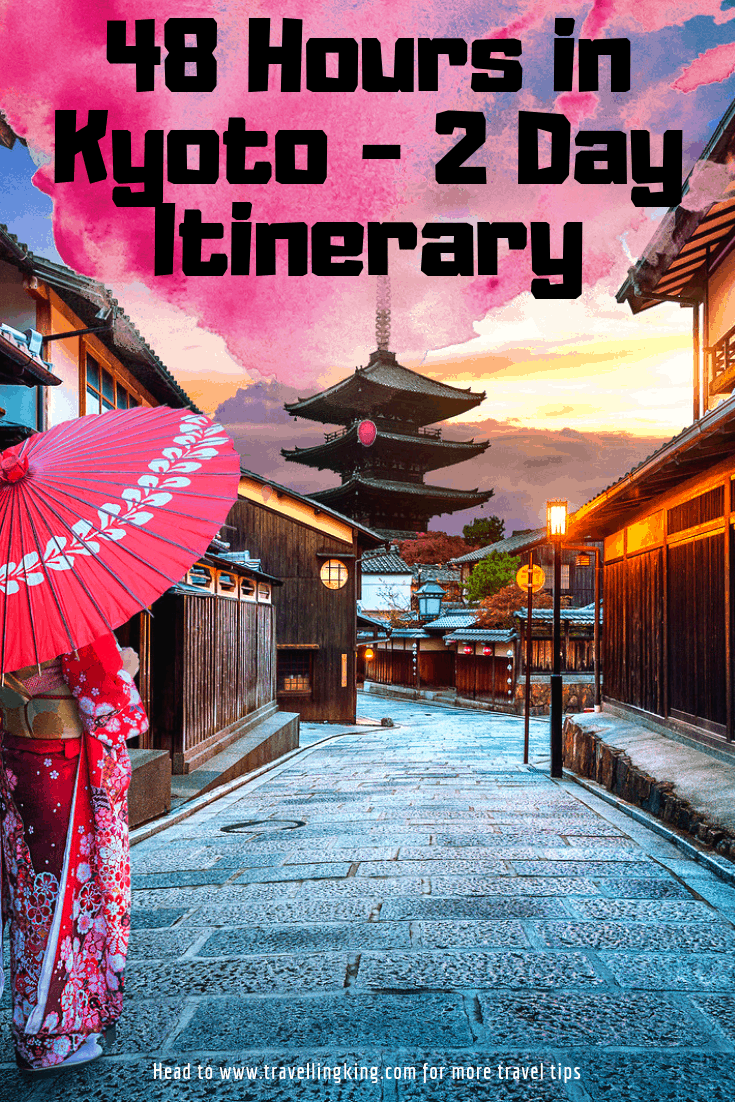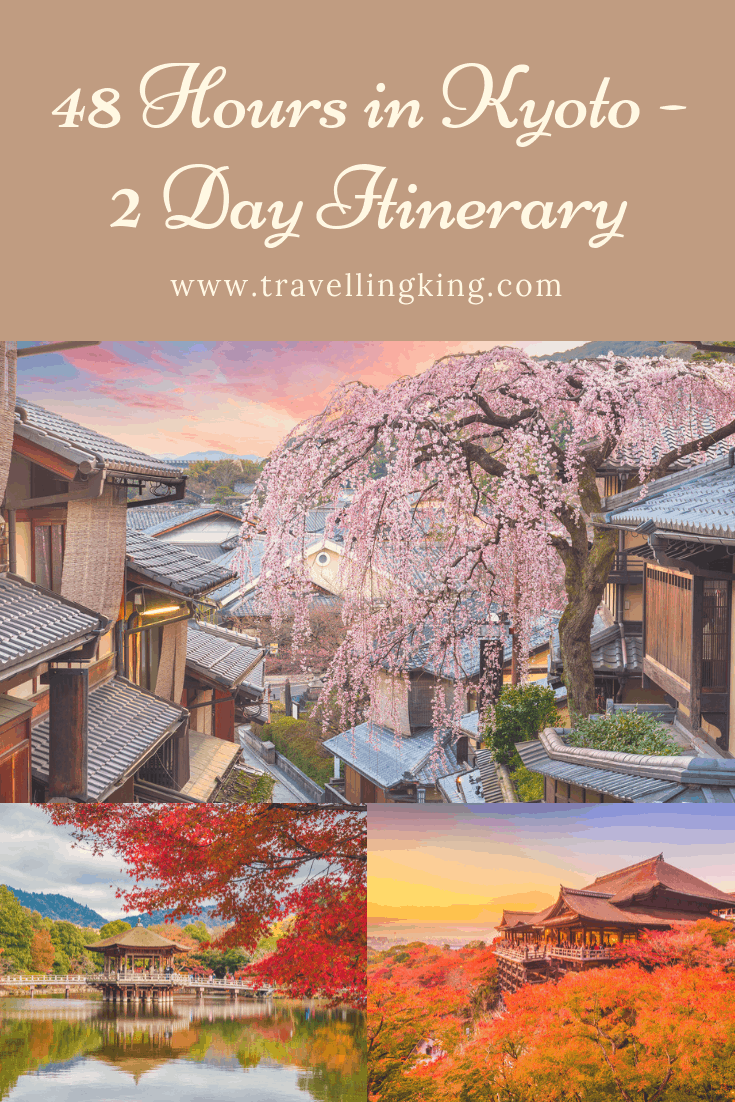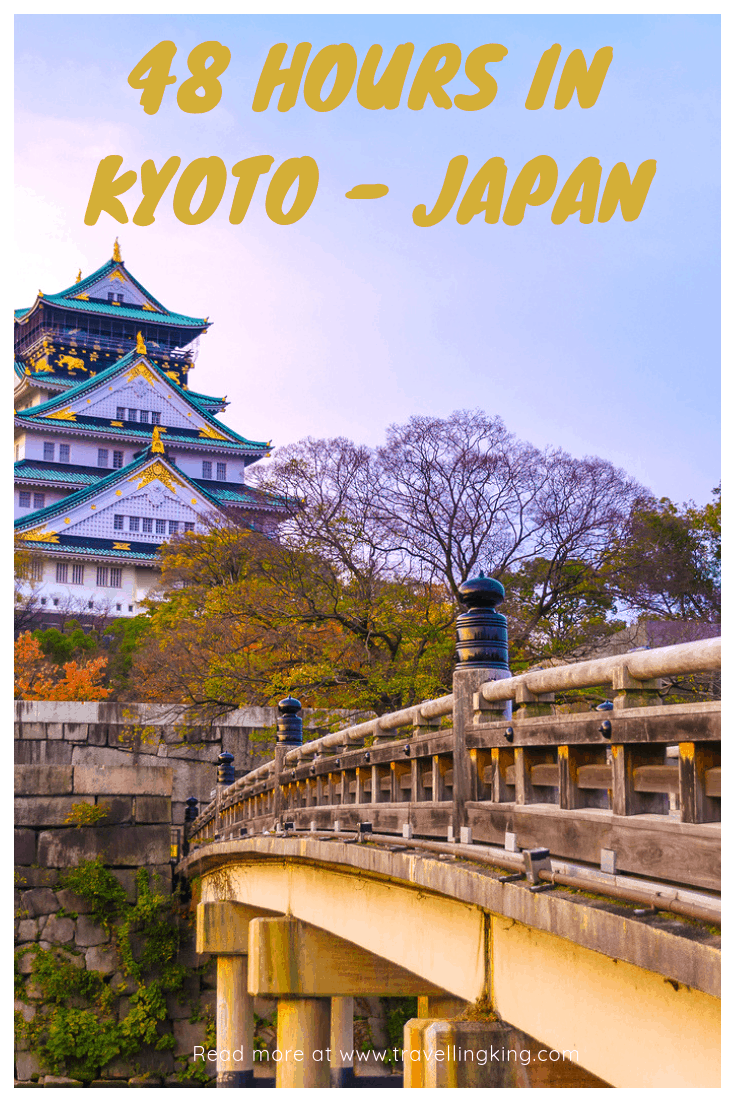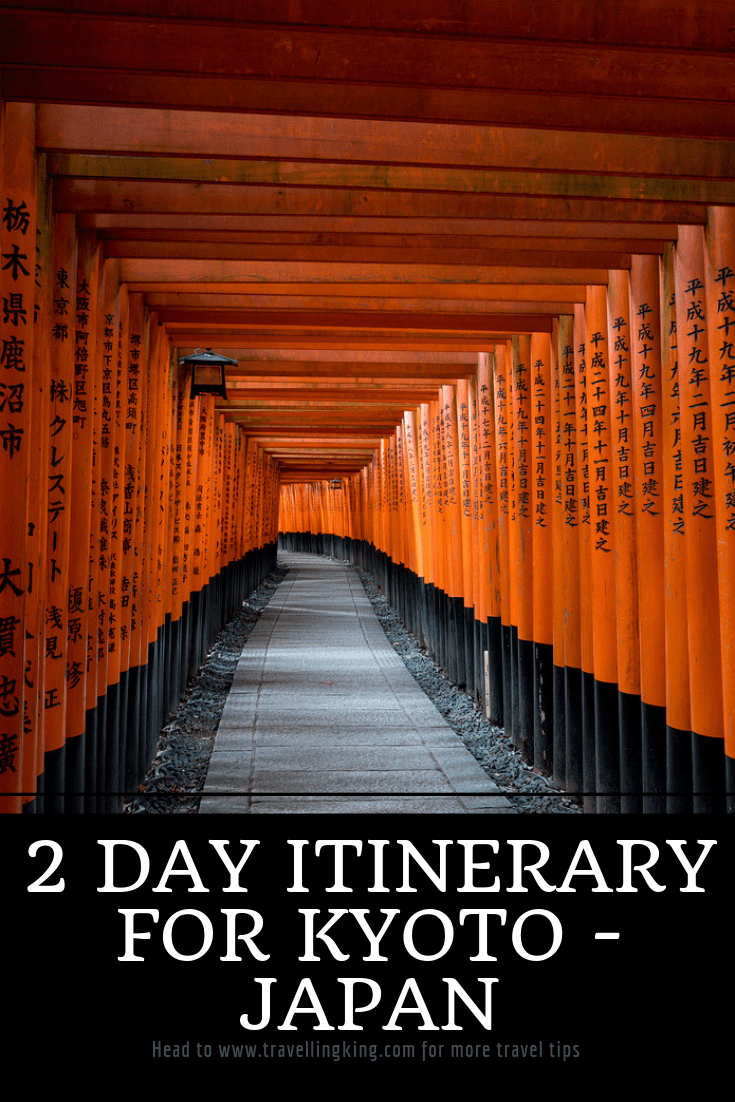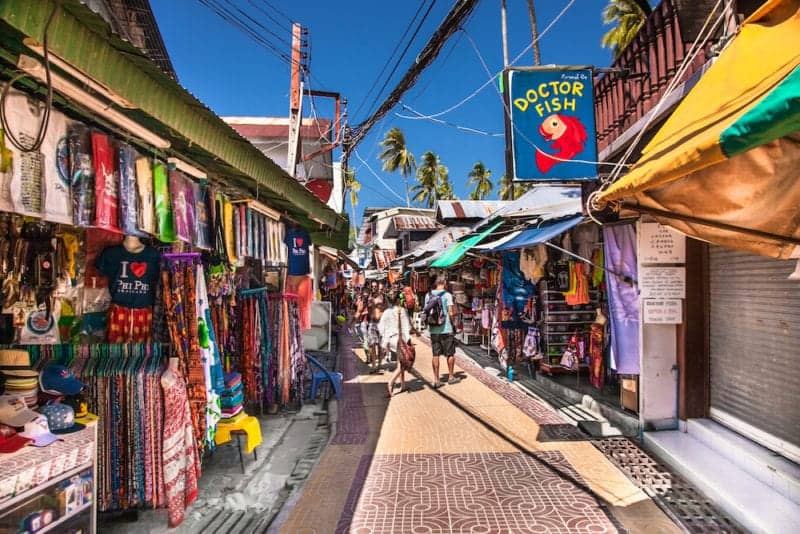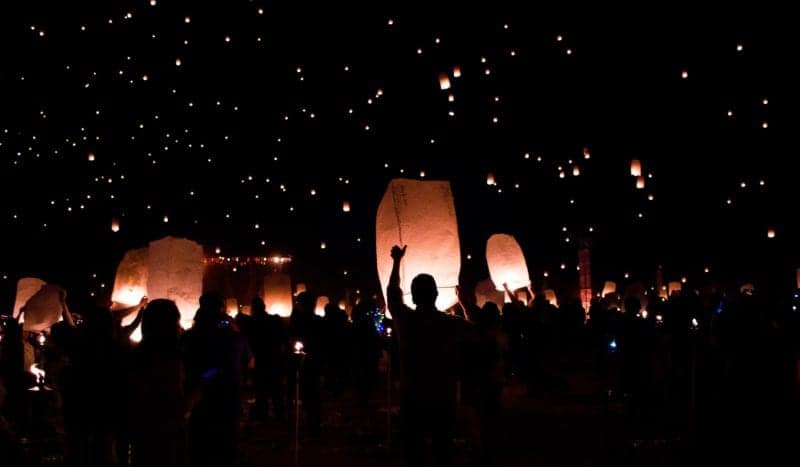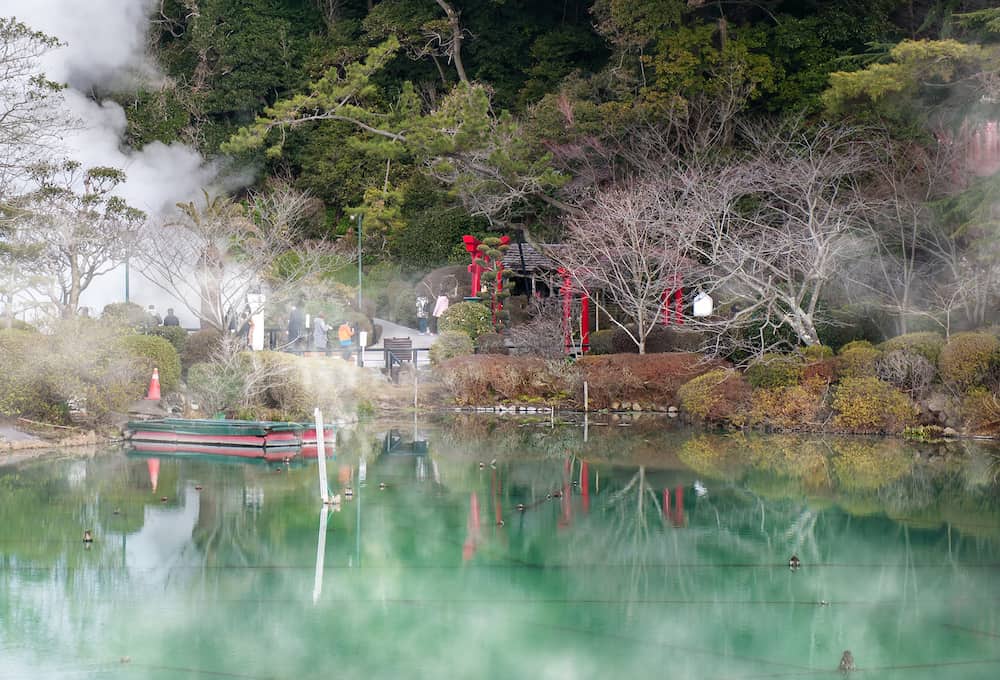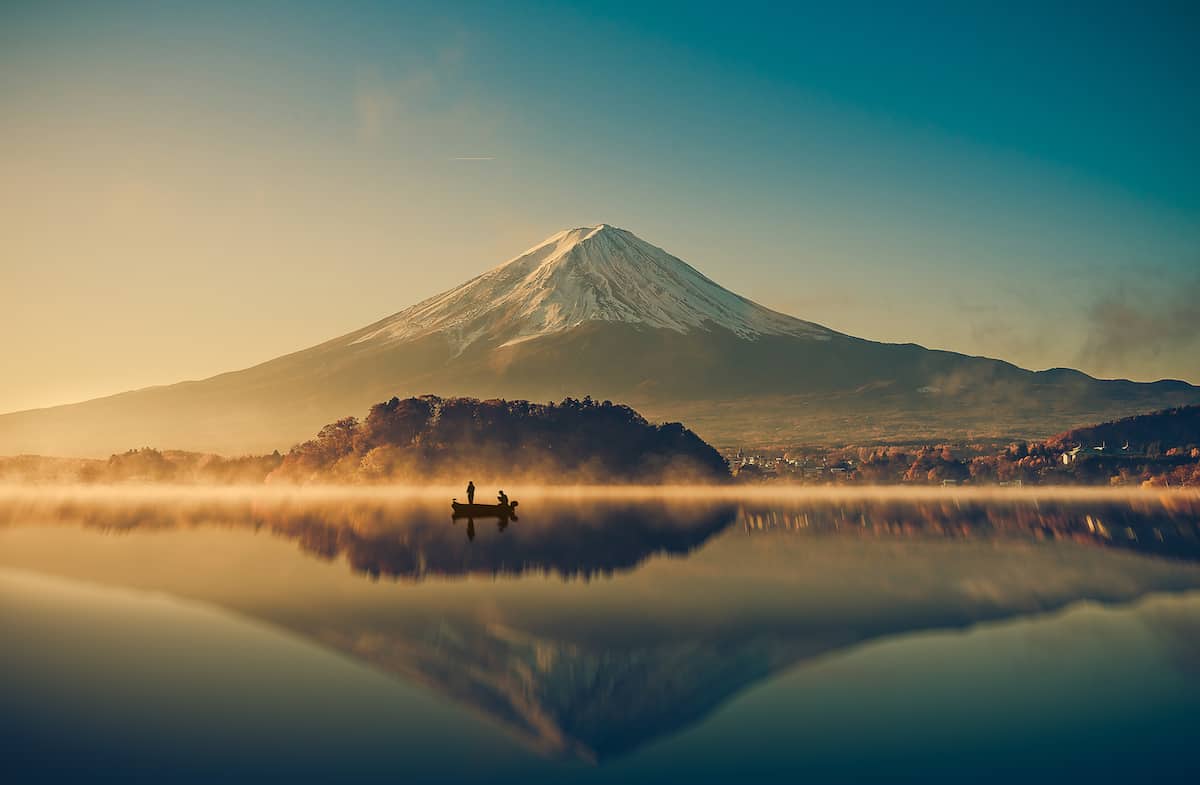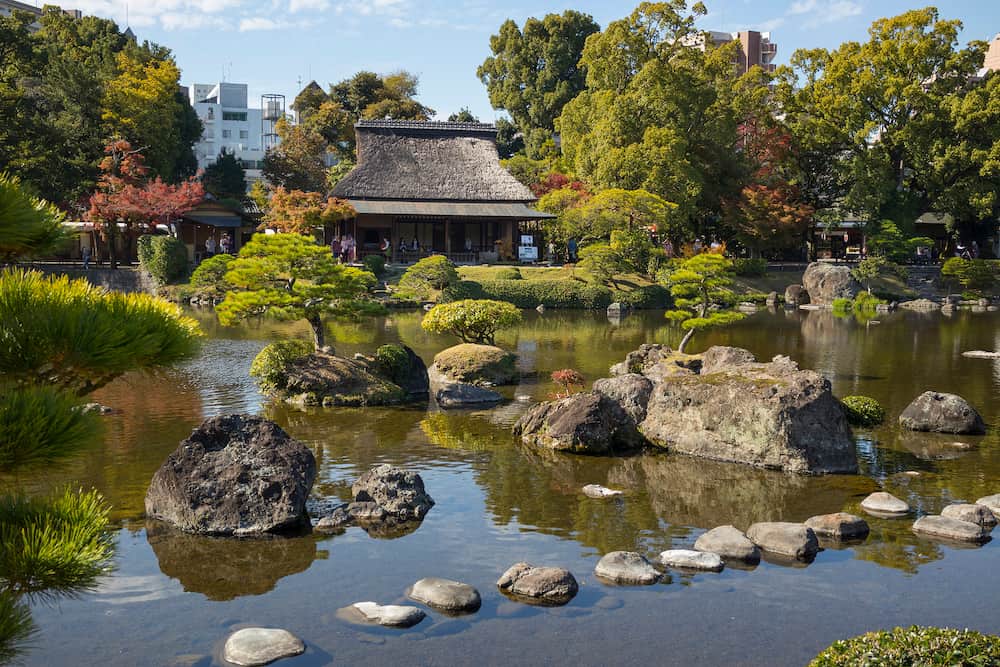48 Hours in Kyoto – 2 Day Itinerary
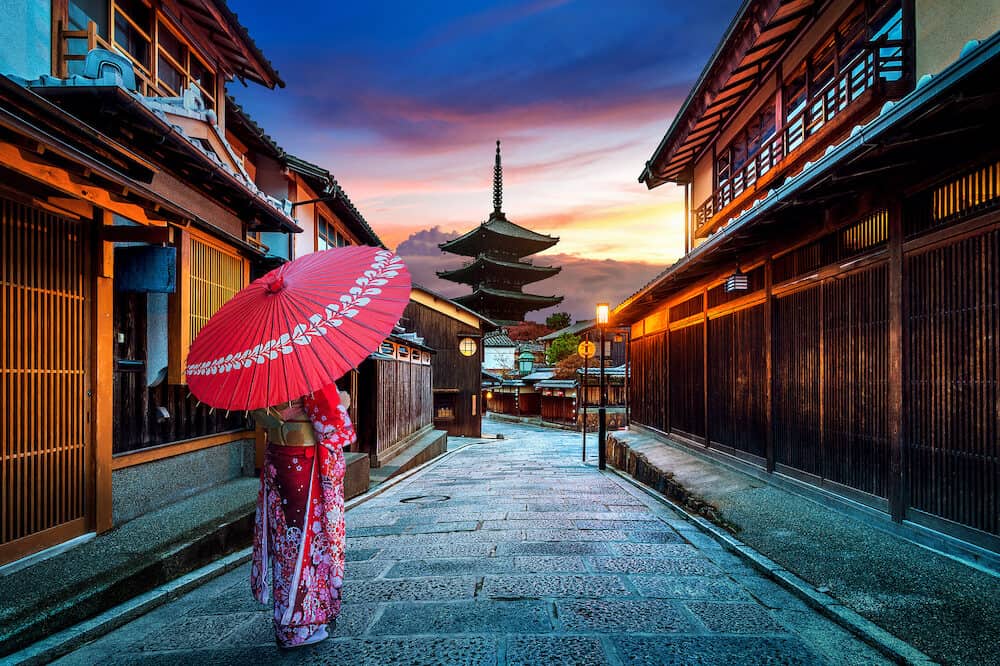
When you imagine Japan, you visualise cherry-tree lined streets blossoming in Sakura flowers, the tinkling chimes and heady incense of temples and streets full of wooden traditional storefronts and quaint restaurants. The Kyoto Prefecture has it all! Visiting the Japanese city of Kyoto is like travelling back in time to ancient Japan.
The name “Kyoto” means “Capital City”, hearkening back to another era when it once was the imperial capital of Japan whose reign lasted over 1,000 years! The city was founded as early as 794 and has been the scene of epic battles. Today it remains the beating cultural heart of Japan until this day.
Kyoto is home to incredible temples, castles, shrines and zen rock gardens, walking around the city you will encounter many people dressed in traditional Japanese costume, which adds to the illusion that you have been transported back in time.
Most of the people are actually Chinese tourists who rent a Kimono from one of the many rental shops to spend a day walking around in traditional Japanese wear.
If you want to take part you can rent a kimono from around 3,500 YEN. There are many other ways to immerse yourself in the local culture here, such as visiting a hot spring or “onsen” and learning about the culture of maiko and geisha, or even participating in a traditional tea ceremony.
Kyoto is one of the most popular for foreign tourists and you will find quite a lot of tourists year round, so expect crowds and expect to wake up early so you can visit the sites when they are at their quietest and least crowded.
Despite being a popular tourist destination, the city has a magical quality which you will discover with our guide to 48 hours in Kyoto – 2 days in Kyoto:
Plan your trip
Save on fees abroad with the Wise Card—use it at ATMs, restaurants, and for flights or hotels in over 150 countries. Manage 40+ currencies in real-time with the Wise app.
Need Help Planning?
- Cheap Flights: Find the best deals.
- Accommodation: From hostels to luxury stays.
- Car Rental: Affordable options worldwide.
- Sightseeing Tours: Explore without breaking the bank.
- Travel Adapter: One adapter for all your needs.
- Travel Insurance: Don’t risk it—stay covered.
This post includes affiliate links. Read my full disclosure and content policy.
How to get to Kyoto
Kyoto is easily reached by air, flying into the Osaka International Airport or taking a Shinkansen high-speed train from Tokyo.
The Shinkansen bullet train takes around 2 hours and 20 minutes to reach Kyoto from Tokyo, whilst the HIkari train takes a little bit longer, the journey lasts around 2hours and 40 minutes.
If you are planning to travel around Japan it is essential to buy the Japan Rail Pass which gives you unlimited train travel, including on high-speed bullet trains. There are 7 day passes for 230 euros per person and 14 day passes from 367 euros per person. The cost of a return journey from Tokyo to Kyoto without the rail pass can cost as much as the entire 7-day rail pass alone, so it is definitely a worthwhile investment!
Rail passes must be bought in advance from outside of Japan as they have changed the regulations and they cannot be purchased within the country. You can buy your rail pass and have a voucher shipped to your home country.
This voucher needs to be exchanged upon your arrival in a Japan Rail Pass office for a piece of paper in a plastic case with a lanyard which is worn around your neck and is inspected by train station staff. If you lose the piece of paper you cannot obtain a replacement so be sure to take care of your rail pass at all times!
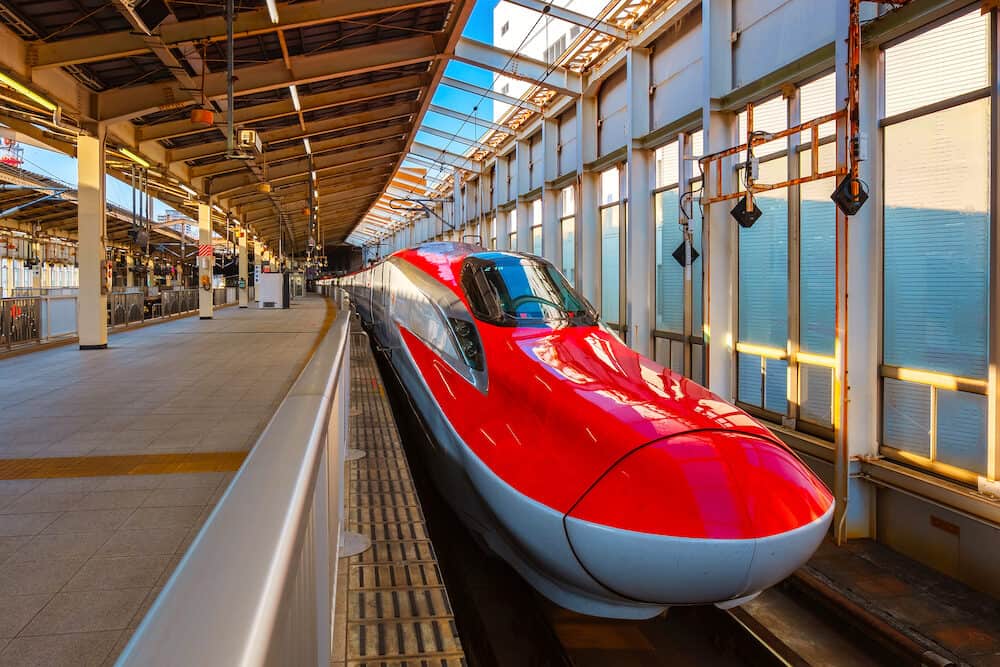
How to get around Kyoto
Kyoto has an excellent public transportation system which includes trains, subways and buses which will make getting around a breeze.
There are 6 train lines in Kyoto city with plenty of stops designed for commuting within the city. There are also two subway lines and a bus service which is not as complicated to understand as you think. Japan Travel App JR is a fantastic application which will help you negotiate the trains and underground system.
Buses cost only 230 YEN for each ride and a one-day pass will set you back 500 YEN. A single journey on the underground only costs around 210 YEN.
Taxis are also very reasonable and are an efficient way to get around the city.
If you want to do some exercise, you can rent a bike. Kyoto is one of the world’s most bicycle-friendly cities and there are bike rental shops such as Kyoto Eco Trip where you can rent a bicycle for around 1,000 YEN for the day (for a bicycle with gears) or 1,300 YEN for an electric bicycle. The city is very safe and flat for cyclists and it’s easy to get around.
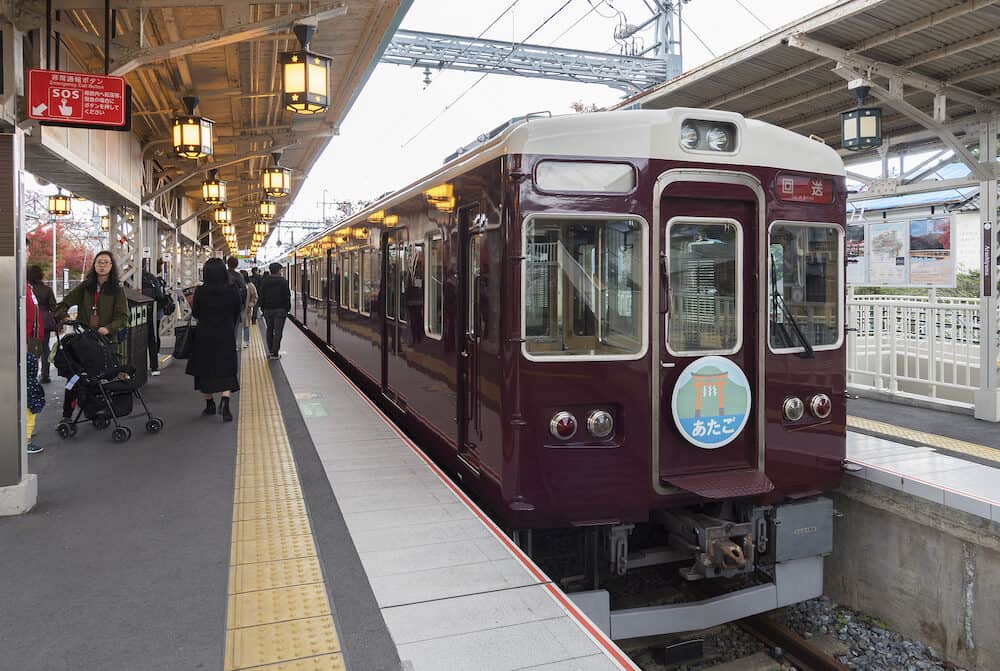
What to expect in Kyoto
Kyoto is a friendly city and very easy to get around. Locals are more than happy to help you with ticket machines, or negotiating the metro and bus services. English is becoming more widely spoken and the wonderful Japanese people are always eager to help and give recommendations and directions.
The language spoken is Japanese, and it’s advisable to learn a few basic words in Japan, as any effort to speak the language is much appreciated. One incredibly useful app for travelling around Japan is Google Translate.
It’s ideal for those difficult situations where you need some rapid translation, another amazing feature is that you can use your phone’s camera to live translate signs in real time. Google Maps is also invaluable for helping you to negotiate the complicated addresses in Japanese.
Kyoto is a very touristy city, there are always plenty of tourists year round. The best times to visit Kyoto are in the springtime, during the months of March, April and May and again in the autumn, during the months of October and November.
In Springtime, you can choose to visit during the flowering of Sakura, the cherry blossom, which is a major event in Japan. You can find out the forecast for Cherry blossoms on this website.
The whole city bursts into a riot of pink and white and the gorgeous cherry blossom trees line the streets and all the temples, transforming the parks and streets into a magical wonderland. This event is huge! You will find thousands of Japanese tourists travelling and taking endless photos in front of the cherry blossoms.
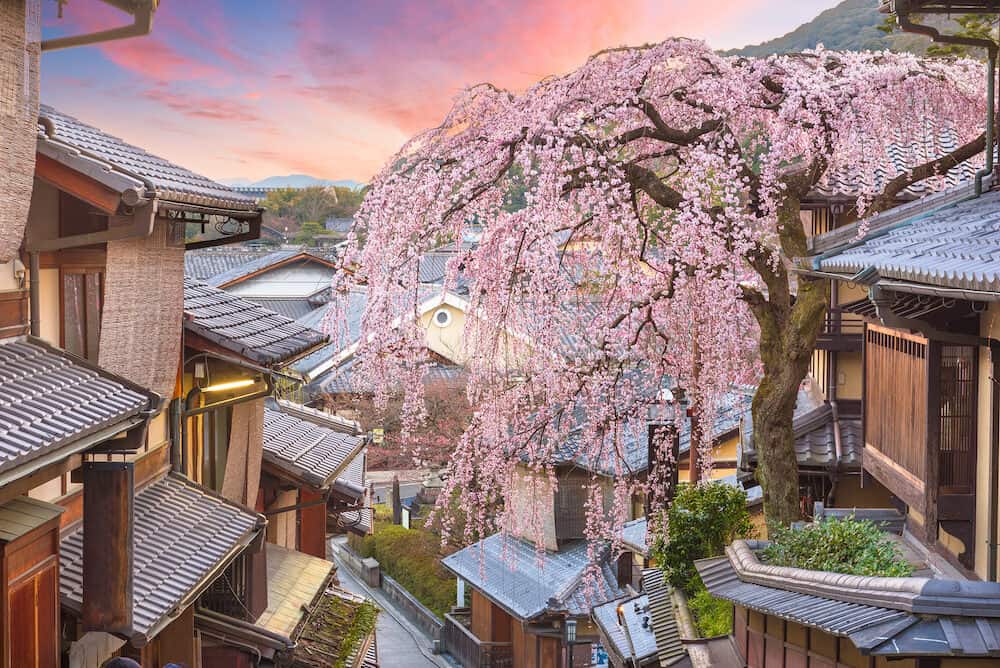
In the Autumn you can choose to visit during the Momiji period, when all the leaves on the stunning acer trees turn into gold, red, brown and rust colours and is also another national event in Japan. You can find out more about the Momiji forecast.
Bear in mind that if you are travelling in these periods, you will encounter many tourists and accommodation and costs hike. If you want to visit Japan on a budget it is advisable to travel outside of these seasons.
The money used in Japan is the YEN. Tipping is not generally accepted in Japan and any attempt to tip coins will be returned to you! You can eat very well from around 300 YEN TO 1000 YEN per person per day.
One of the most expensive things in Japan is coffee, usually served as drip coffee. So if you’re willing to forgo your daily coffee you can definitely save a lot of money in Kyoto. An average costs of daily stay in Kyoto will set you back around 9,000 YEN per person, including accommodation and museum or attraction entrances.
A pro-tip for travelling around Japan is to purchase a mobile sim card which you can use during your stay, this is invaluable for using data to get around on Google Maps or use the translator and subway and train apps. Sim cards can be picked up at the airport upon your arrival and are well worth the cost!
Bank cards are accepted in ATM machines but remember that not every machine will accept your bank card, so it’s advisable to take out a larger quantity in cash. Many restaurants and small artisanal shops only accept this. Larger restaurants and shopping centres can accept card but it’s always good to have some cash handy, especially in Kyoto which is full of small establishments and restaurants.
Japan has electricity provided through two-prong plugs and at 100 Volts so an adaptor may be required for your travels. Despite being similar to North American outlets, an adaptor is recommended.
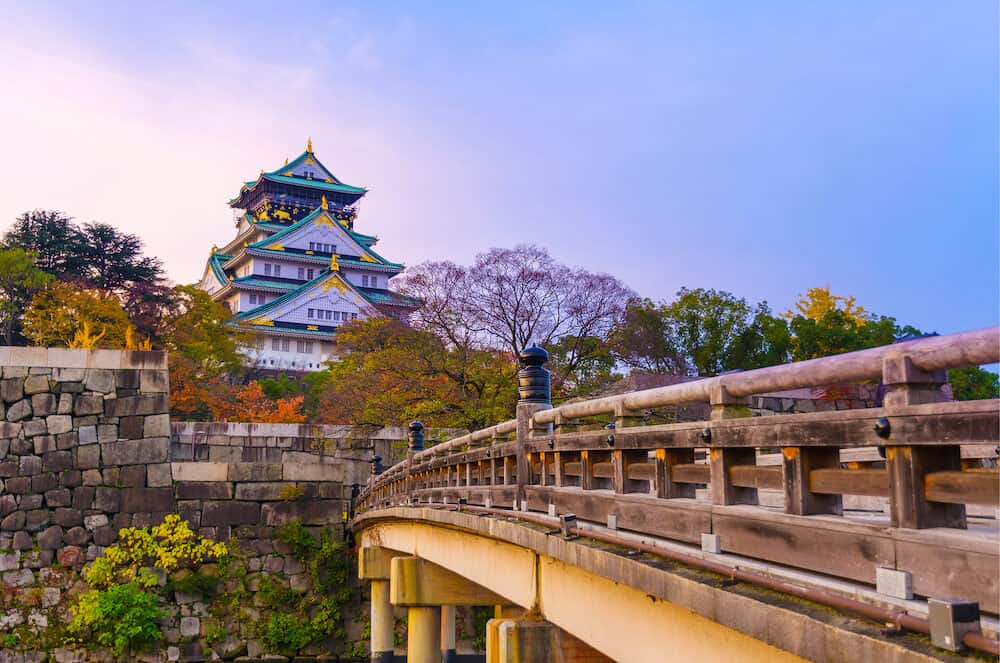
Where to stay in Kyoto
Kyoto has accommodation to suit all budgets, however, it’s advisable to book early as it is difficult to find accommodation in the peak seasons of Spring and Autumn. We have also written an extensive guide on Where to stay in Kyoto.
For budget travellers, there is always the option of a capsule hotel or business hotel, or the more authentic Ryokan or Airbnbs. Here is a selection of some of the very best:
Sakura Terrace Gallery Kyoto – This budget hotel was built in 2015 and is a contemporary and cool hotel for your stay in Kyoto, there is even an Onsen on site as well as a restaurant, bar and fire pit. They even host live music events. The rooms are modern and well-decorated but cosy at the same time.
Matsubaya Ryokan – Matsubaya Ryokan is a traditional-styled in with tatami floors and yukata (Japanese robes) provided. Just a 10-minute walk from the JR Kyoto Station, the best thing about this Ryokan is that you can have an affordable authentic Japanese experience whilst enjoying a cenral location.
Toyoko Inn Kyoto Gojo-Karasuma – This hotel is part of a very popular chain of business hotels. The location is within walking distance of Gojo and Shijo metro stops and is right in the heart of downtown Kyoto. Everything in the rooms is modern and clean, despite being a no-frills hotel aimed at business travellers.
Ryokan Shimizu – This small, family-run inn is situated close is a popular choice for travellers and is located just a short 7-minute walk from JR Kyoto Station yet is tucked away in a quiet neighbourhood. The hotel also has its own Onsen baths.
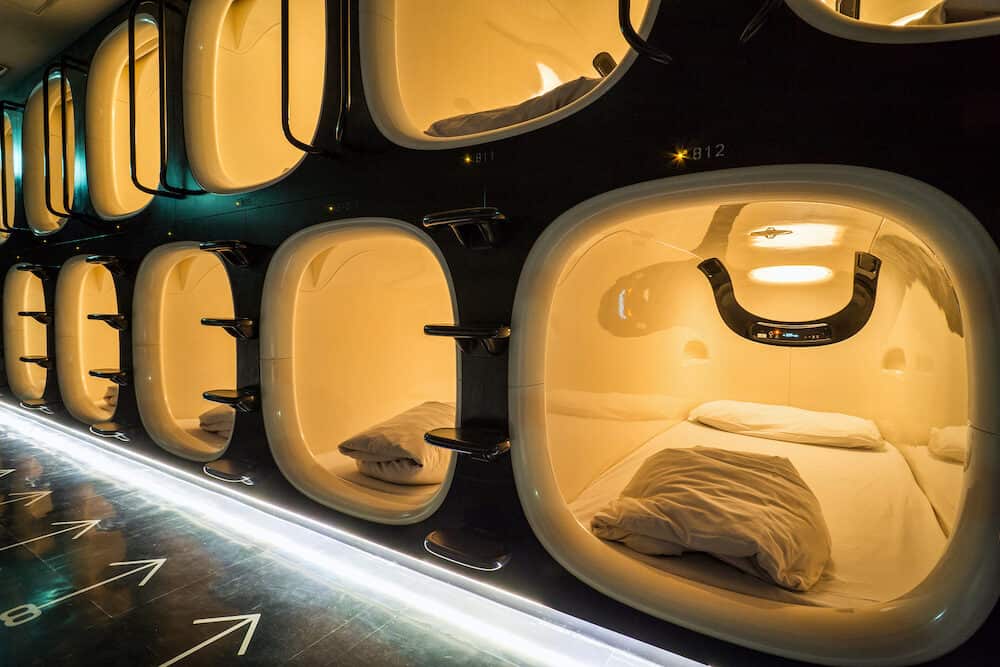
Tours to do in Kyoto
Learn about Japan’s most famous drink in Fushimi, one of the largest sake producing areas of Japan, just south of Kyoto.
A three-hour tour costs 8,500 YEN and includes a tasting with a sake expert, visits to different breweries and a delicious meal. There is also an hour and a half experience if you are looking for a shorter experience
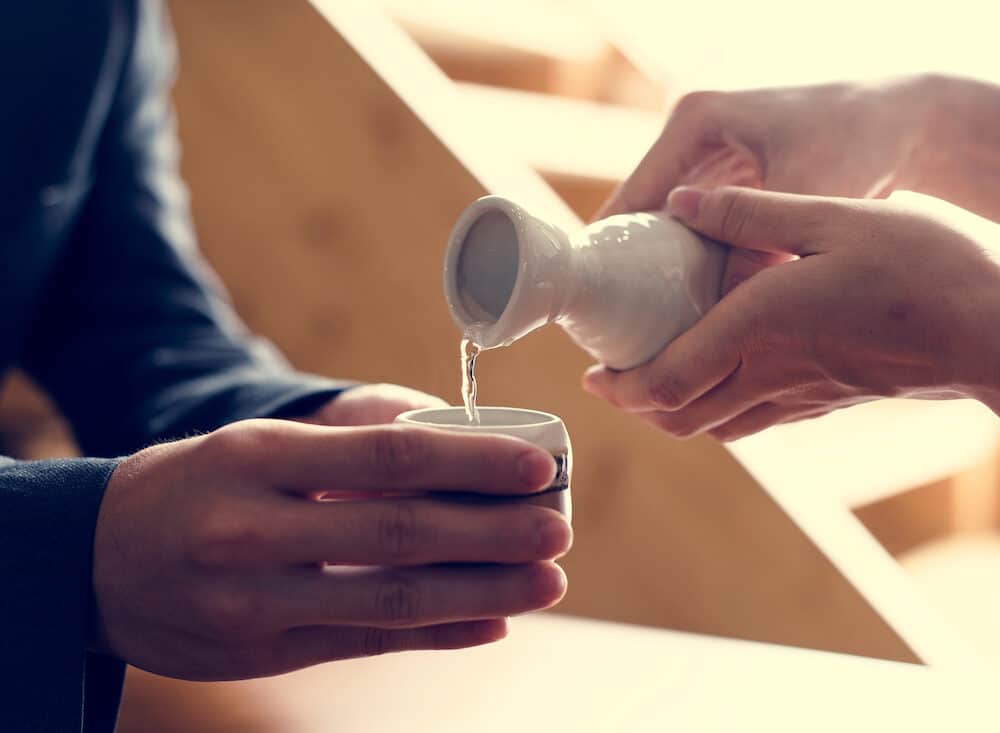
Nara is just a short distance away from Kyoto and you shouldn’t miss on your visit to Japan, in Nara you will find stunning shrines, immaculate Japanese gardens and a park where over one thousand deer roam free and beg visitors for biscuits.
Be aware that the deer are very persistent and once you have some biscuits (which you can buy from nearby street vendors) they will not leave you alone.
A visit to the Todaji Temple is also a highlight of Nara and you can easily spend half a day there. Tours from Kyoto start at 63 Euros per person.
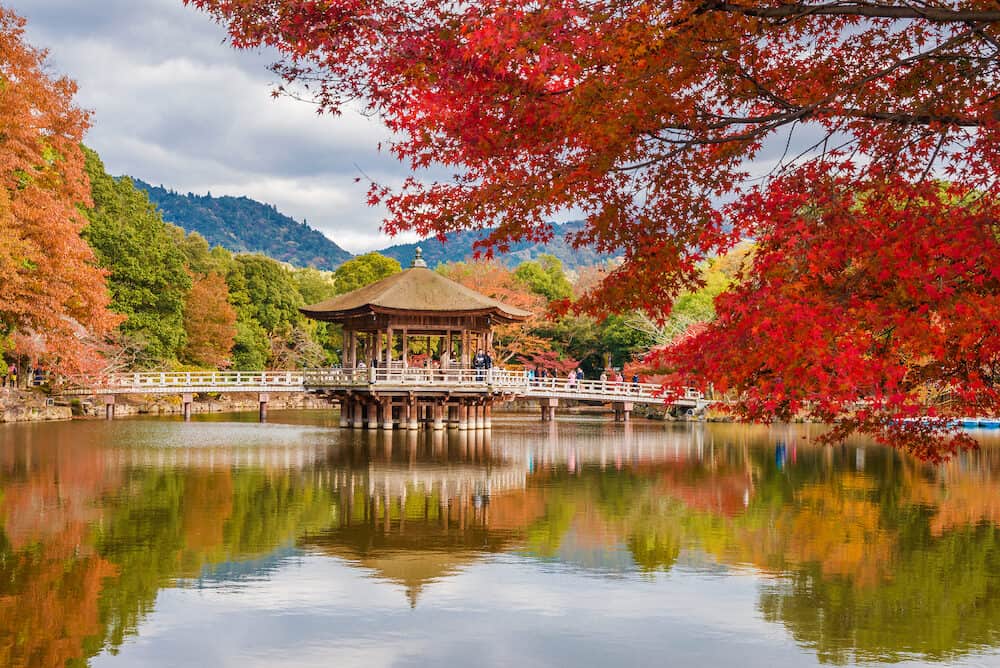
Experience a Japanese tea ceremony in full kimono
If you want to delve deeper into the local culture you can visit a teahouse and participate in a Japanese tea ceremony whilst wearing a traditional Japanese kimono.
The two-hour experience will give you insight into this timeless tradition and cost only 42 Euros per person.
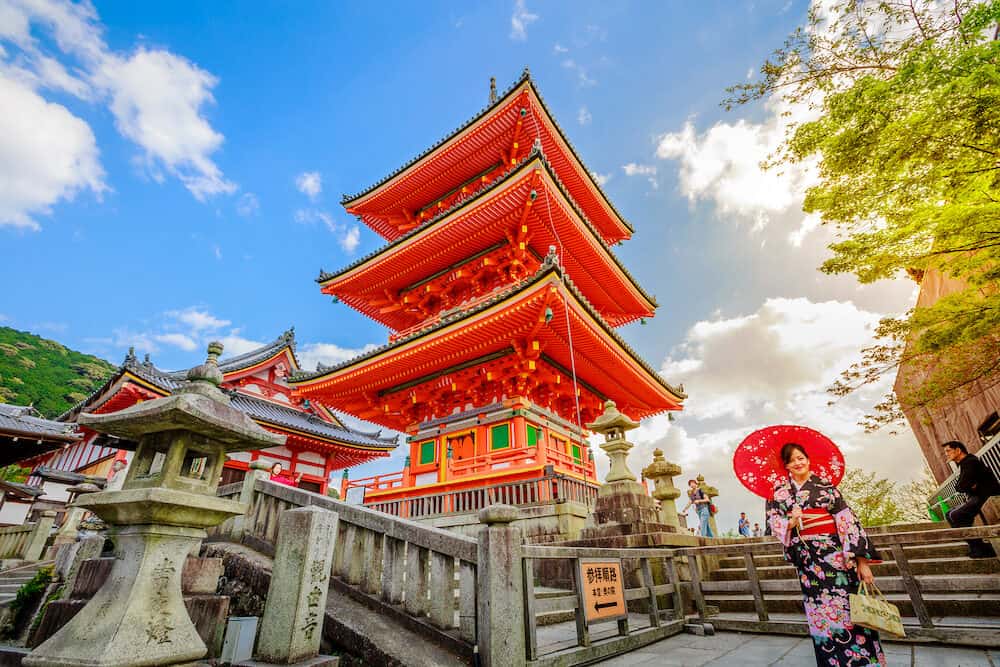
48 Hours in Kyoto Itinerary
Day 1 in Kyoto
Wake up and get moving early, at least as early as 7am! Getting up early means that there are less crowds at the sites and since Japan is busy all year round it is a good idea to wake up earlier to head to the famous tourist attractions.
One unmissable sight to see in Kyoto is the Fushimi Inari Shrine situated in Southern Kyoto, you can reach the temple by JR line. The uphill climb takes you through a passageway of thousands of torii gates leading to the top of the sacred Mount Inari.
Inari is the Shinto god of rice and his messengers were said to manifest in the shape of snow white foxes, all along this 233 metre climb you will find little fox statues and bright orange torii gates, donated by worshippers for blessings and good luck.
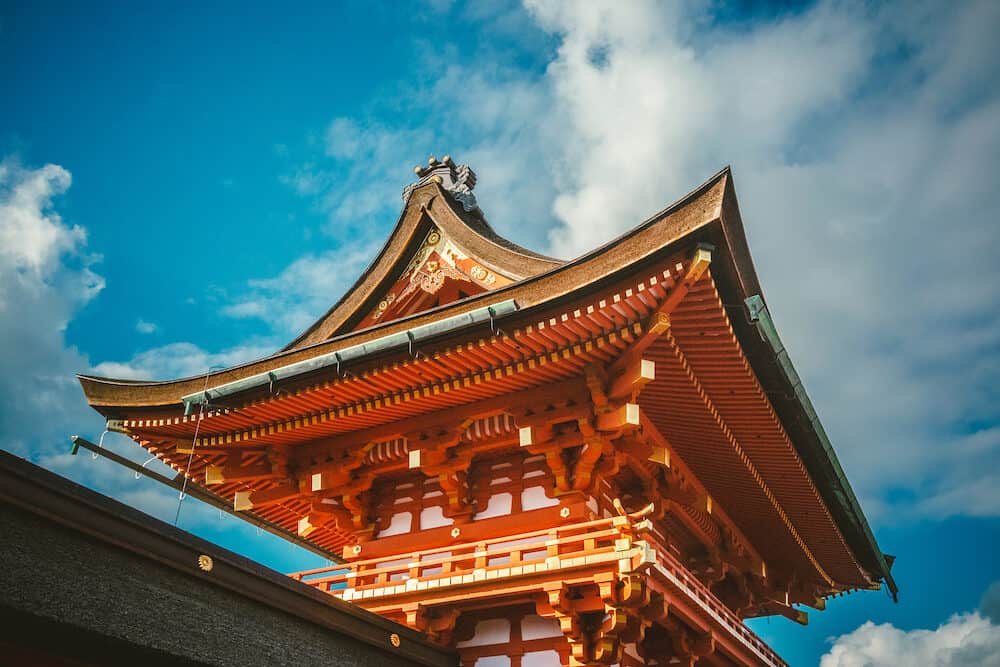
If you go early and start climbing, you will be treated to almost picture perfect views without lots of tourists. The uphill climb has many stairs to the summit and takes approximately two to three hours, most people never reach the very top so don’t worry if you don’t make it either!
The higher you climb the less Torii gates you will encounter, but you will be rewarded around the halfway point with spectacular views of the city.
Upon descent you can stop and have a snack at one of the many stalls and restaurants that even offer fox-themed dishes such as Fox udon noodles (Ktsune Udon) made with fried tofu, which is said to be the foxes’ favourite food.
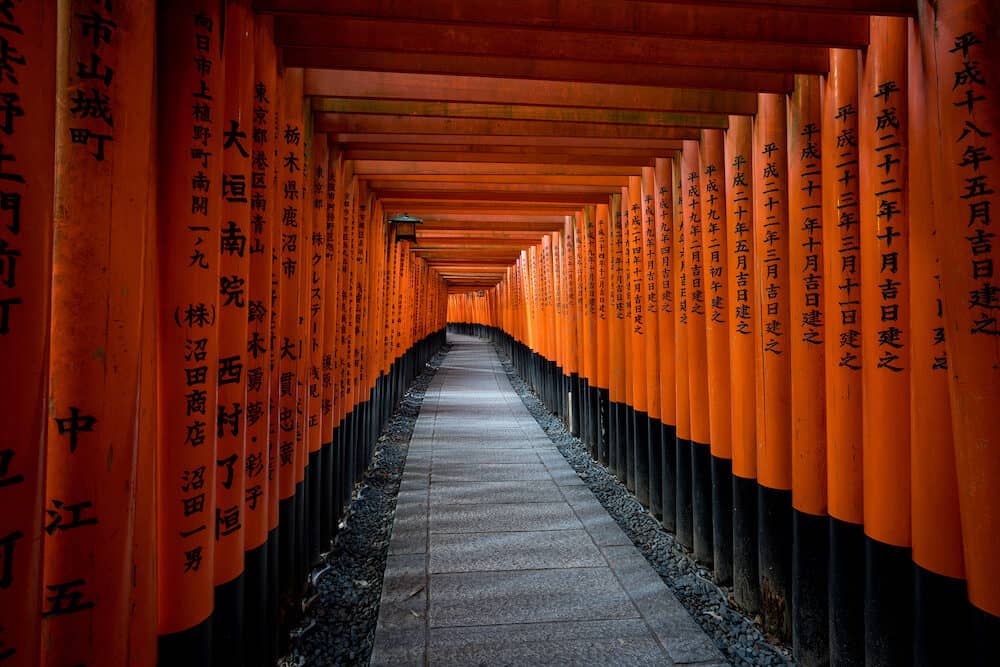
From there you can head to UNESCO world heritage site of the Kiyomizu-dera Temple. This hilltop shrine can be reached by bus or train from Fushimi Inari Taisha Shrine.
The temple has a stunning viewing platform overlooking trees which flower in springtime with delicate pink and white blossoms or turn vibrant reds, yellows and oranges in the autumn.
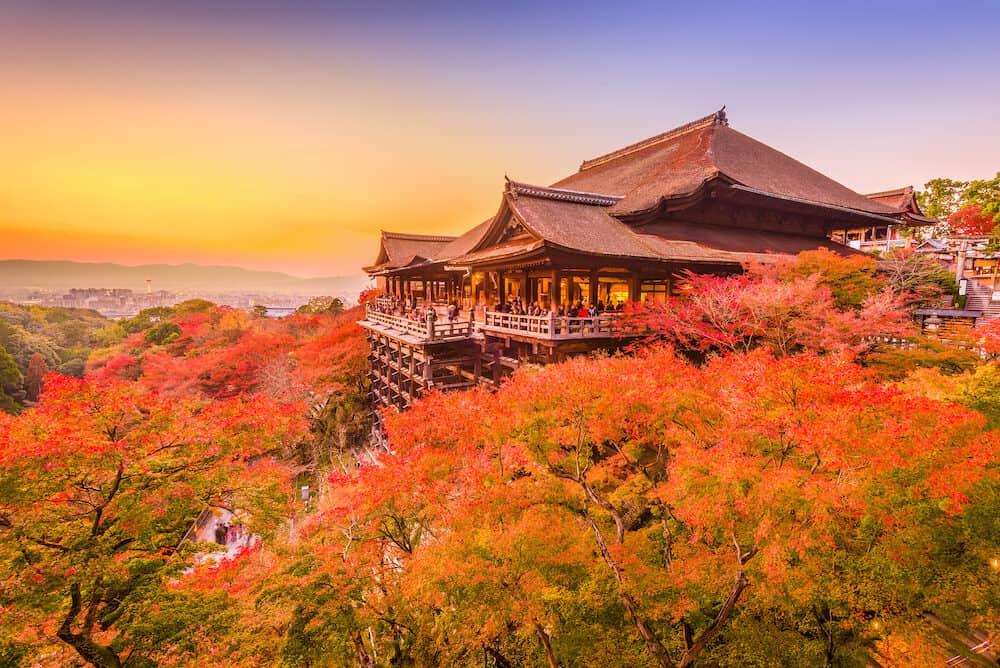
From here it’s time to find some lunch in Gion, this is one of the most stunning historical districts of Kyoto and there are plenty of shrines and temples.
Here you will find a lot of people dressed in kimonos strolling the streets and you may come upon the odd Geisha or Maiko, with fully-painted white faces and elaborate kimono, especially in Hanami-koji street.
As they are often on their way to work, it is not advisable to stop and take photos of them or to behave in an intrusive manner. With all the “fake” maikos and geishas (tourists in kimonos) you will have plenty of opportunities to take beautiful photos without disturbing the local geisha in this region.
In Gion, you can climb up and down the hills to discover the beautiful wooden buildings and when you work up an appetite you can head to Nishiki Market, a 400-year-old market in Gion district. Here you can find delicious traditional Japanese food and plenty of street stalls.
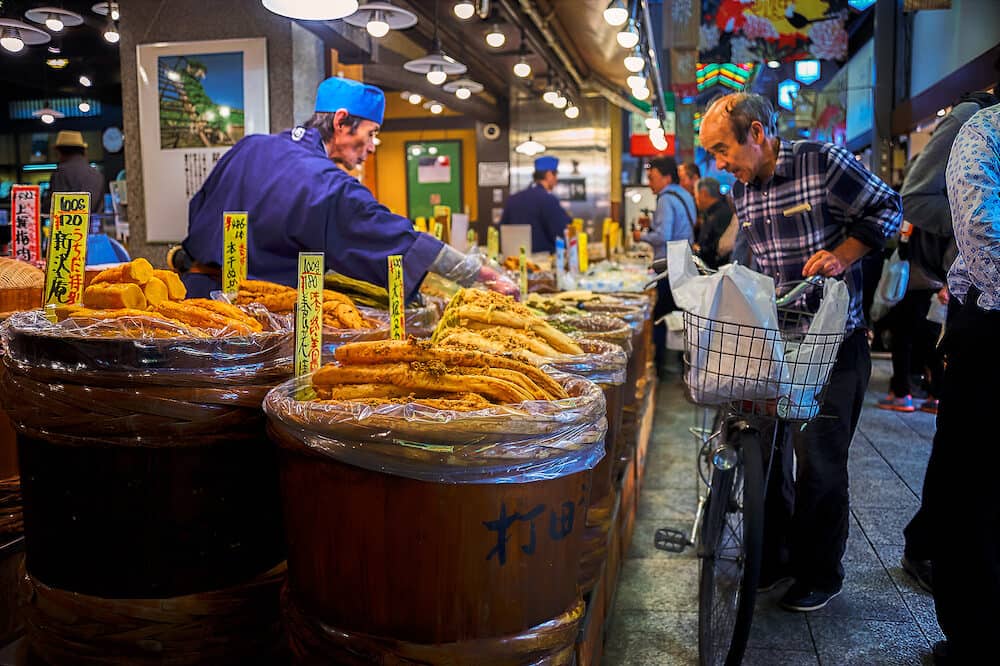
Once you have eaten, you can walk off your meal by checking out Ninen-zaka and Sannen-zaka where you can visit the Yasaka Pagoda and also explore the shops in two of the most famous historic shopping lanes in Gion where you can pick up a souvenir, a Japanese fan or item made with delicate hand-painted Japanse silk.
If you really want to soak in the local culture you can also visit a traditional Japanese theatre show with dance performances from maiko and a tea ceremony at Gion Corner.
Here you will have plenty of opportunities to see the maiko up close. The ticket for the 50 minute costs 3,150 YEN and there are two shows daily at 6 and 7 pm and it is a great introduction to the culture.
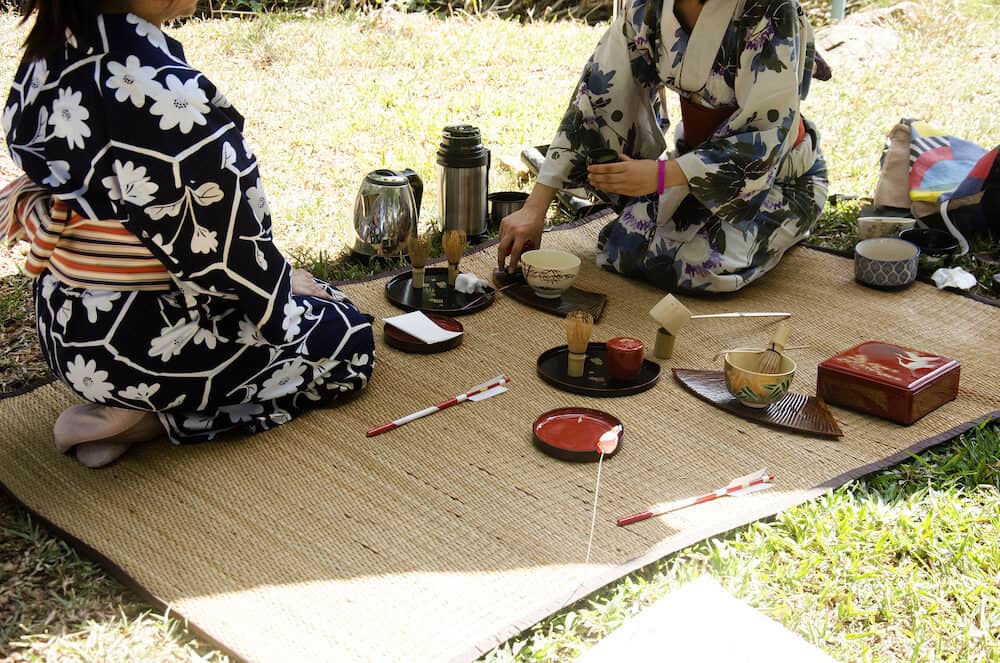
After the show you can visit a traditional wooden teahouse in the area, known as “Machiya”. Though they look small and humble from the outside, upon entering you will discover a beautiful, serene courtyard.
For dinner, you can head to Izuju, a traditional Gion sushi place which also has an English menu. Set menus start at 2,500 YEN. Alternatively, if you want to taste the classic Kyoto Okonomiyaki you can visit Gion Tanto for a delicious and cheap okonomiyaki omelette from only 1,150 YEN.
You can finish the night with some great sake in a local sake bar, but remember, tomorrow you will have another early start!
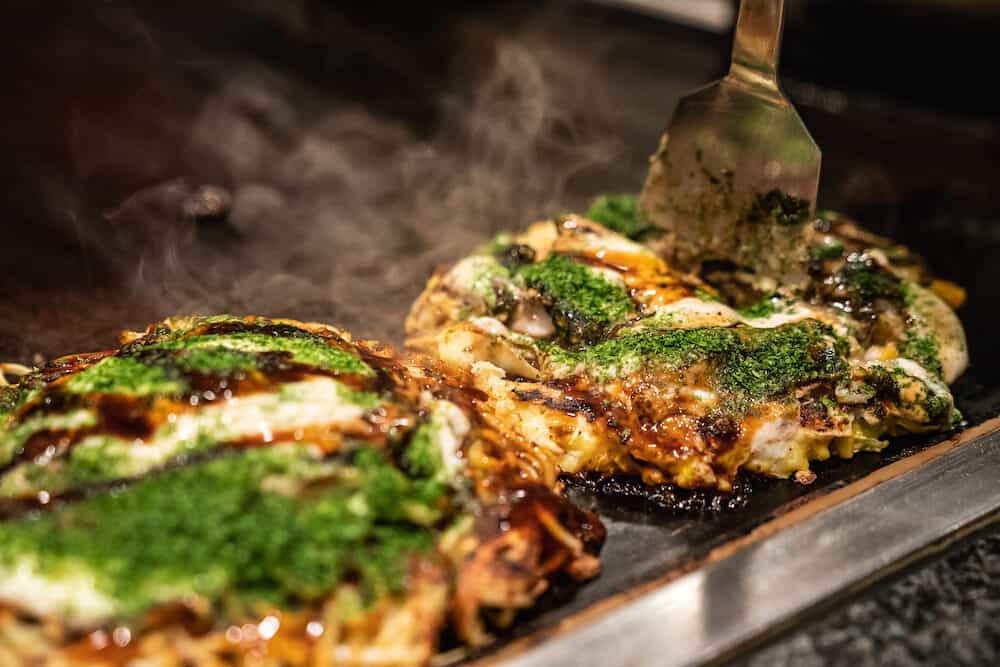
Day 2 in Kyoto
Get an early start to beat the crowds and go to the Arashiyama district by train, where you can visit the famous Arashiyama bamboo grove, to avoid the crowds you have to get there really early as soon hundreds of people arrive and it is difficult to enjoy the serenity and beauty of the short stroll through the bamboo forest!
From here you can visit the Tenryu-ji Temple, a UNESCO heritage site which is counted as one of the five greatest Zen temples in Kyoto. The temple has a peaceful and immaculate zen garden with the backdrop of surrounding mountains and forests.
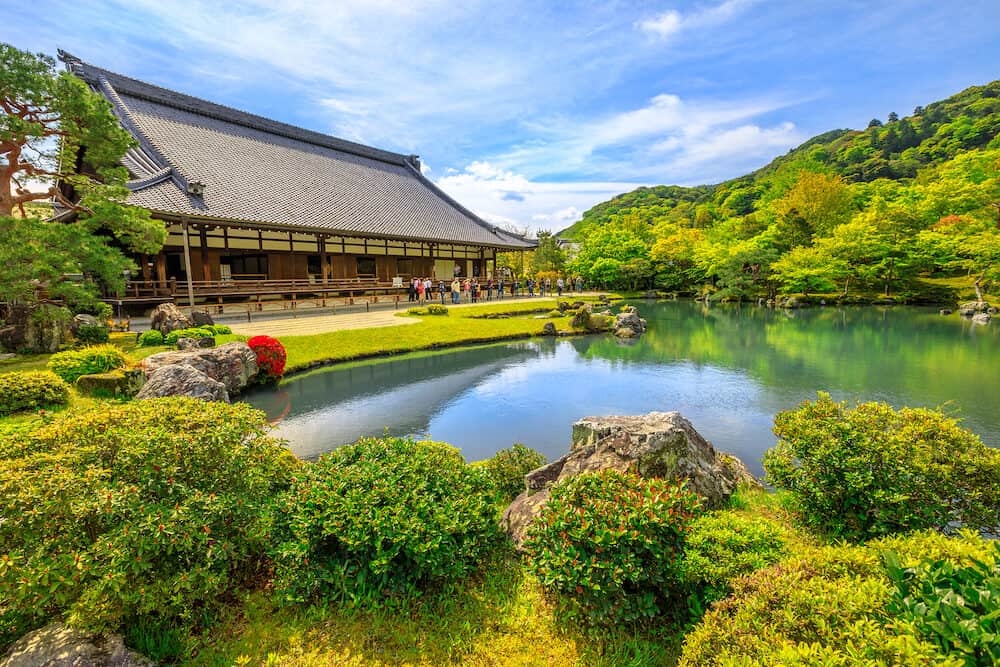
Afterwards, head across the historic Togetsukyo Bridge to take in the scenery of Arashiyama district. From there you can visit the Kinkaku-ji Temple which is an attraction you cannot miss, the top two floors of the temple are coated in shimmering gold leaf.
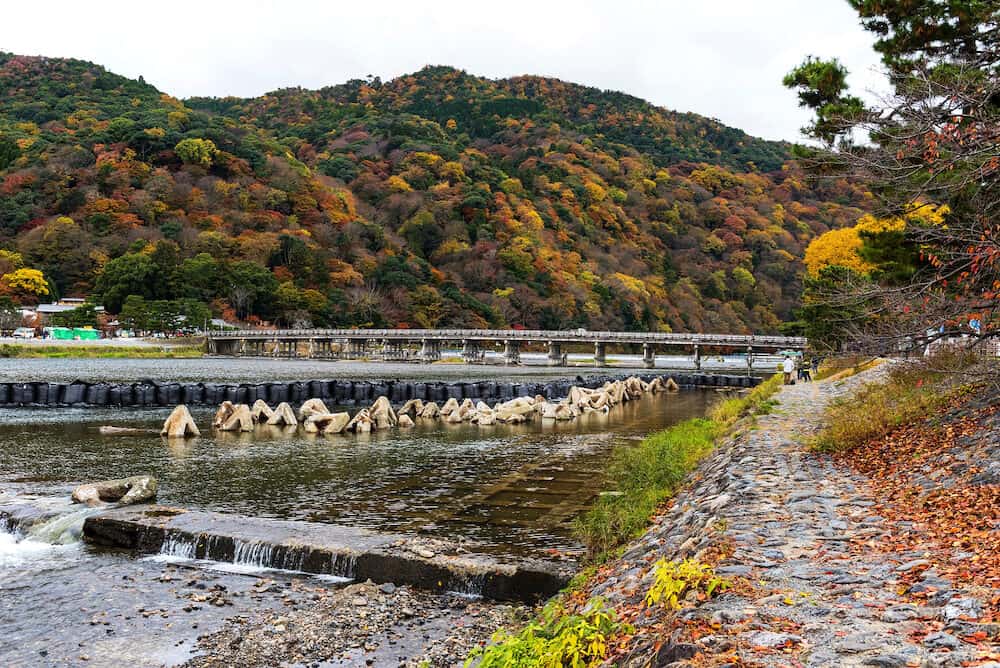
Stop for lunch at Kinagusa Zen, just two minutes’ walk from the Kinkakuji Temple at 5 Kinugasa Kaidocho, which serves over 20 different types of delicious steaming hot udon noodles as well as tempura and other bowls which you can slurp at your leisure.
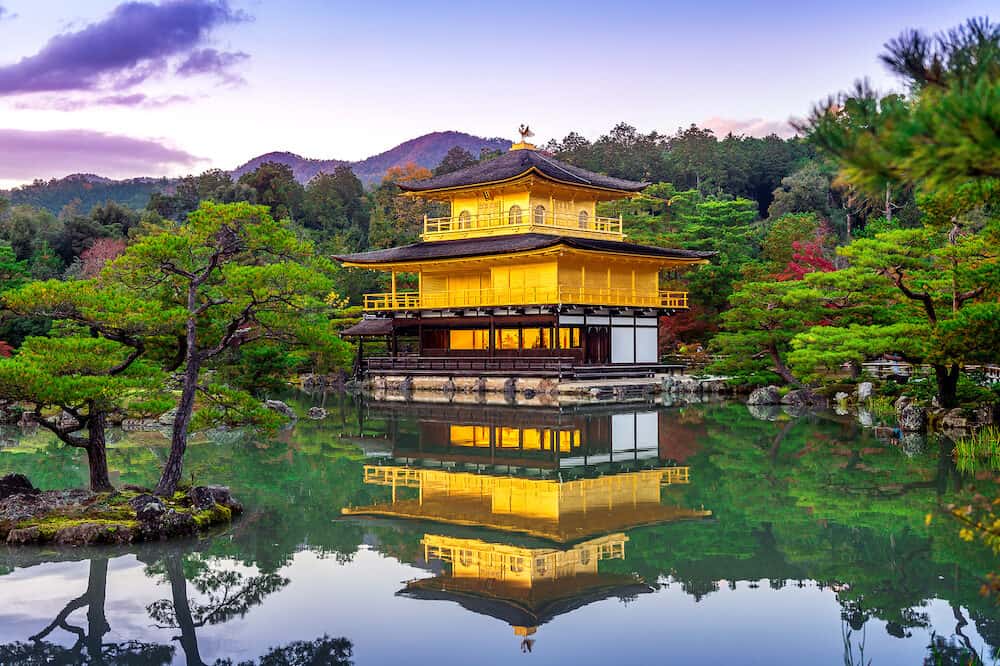
After lunch visit the impressive samurai castle and the historic residence of the Shogun samurai during the Edo Period. Nijo Castle is a stunning visit into the history of Kyoto and includes beautifully landscaped traditional Japanese gardens.
After a day of exploring you can visit a small village north of Kyoto called Kurama. This village is famous for being the birthplace of Reiki and has a gorgeous Onsen surrounded by the tranquillity of the forest and mountains around it.
You can take a train to Kurama and the journey takes only 30 minutes. You can spend the whole afternoon relaxing in the natural hot springs of the Kurama Onsen before heading back to Kyoto.
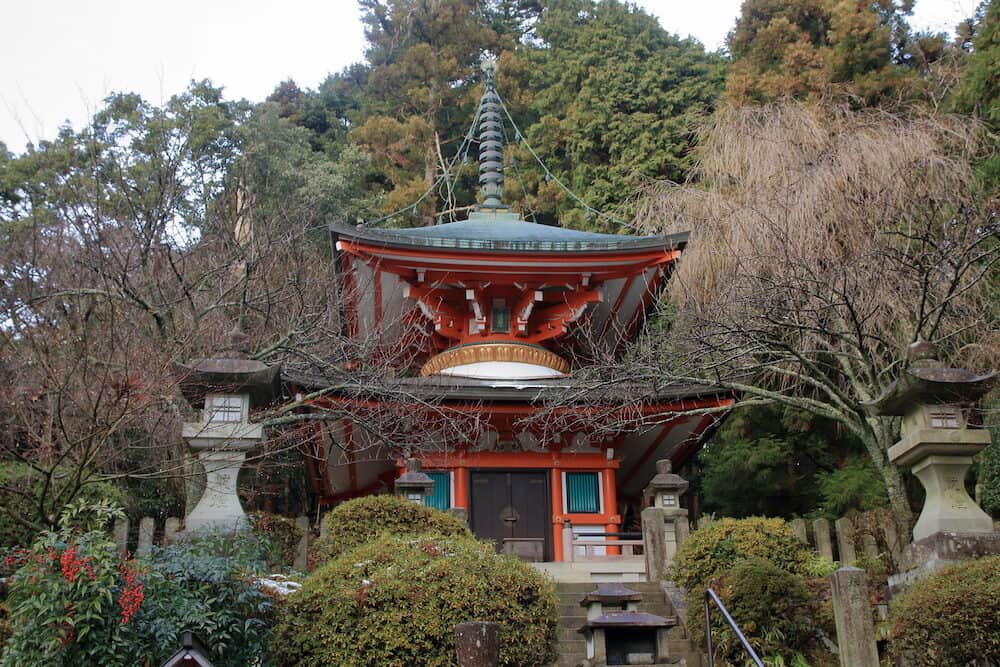
There are a few rules for visiting an Onsen, usually bathing is completely nude and you must shower before entering the hot springs. Tattoos are frowned upon and you may not be permitted to enter, small tattoos can be covered up with a bandage on the other hand.
You must not dip your towel or hair into the Onsen water as it is considered unhygienic. Other than these rules, a visit to an Onsen is an incredibly authentic Japanese experience and not to be missed! You will leave feeling like you are floating on clouds!
Once back in Kyoto you can have dinner in the city and then enjoy you can head out to explore the off-the-beaten-track bar scene, some interesting bars include Nokishita 711, which is a downtown Kyoto cocktail bar with unique signature cocktails featuring traditional Japanese ingredients such as Yuzu, and black tea in their original concoctions.
If you want to explore the music scene visit Hello Dolly, this smoky Pontocho jazz bar looking over the Kamo river that hosts live jazz sets on Fridays and Saturdays and will make you feel as if you’ve stepped into the 1930s. The perfect goodbye to magical Kyoto!
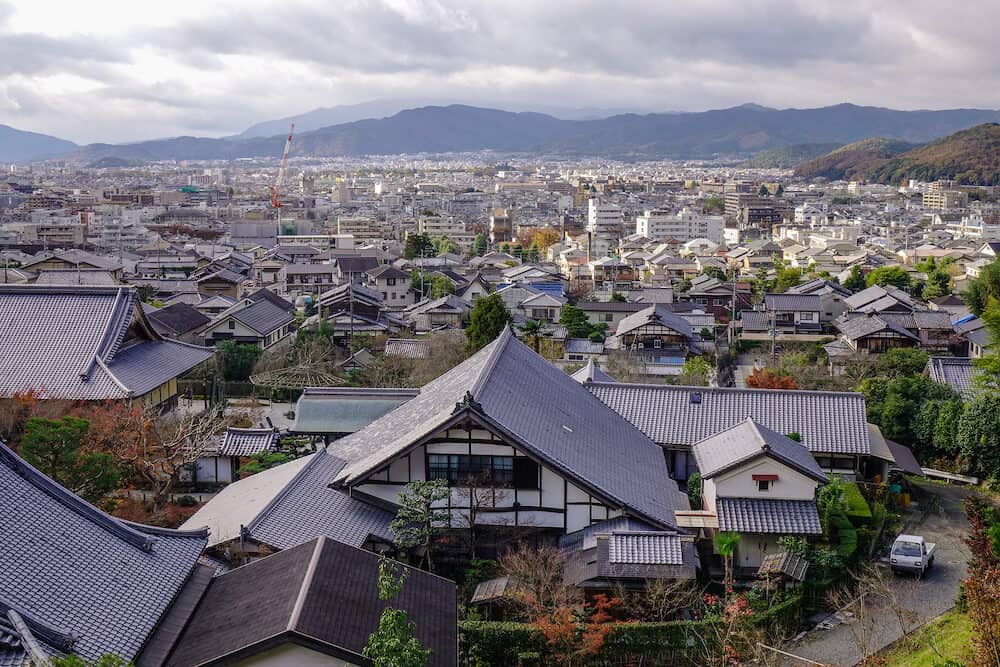
Recommend budget tours in Kyoto
- Japanese Tea Ceremony with a Tea Master at Wakwak-kan
- Maiko Performance with Kaiseki Dinner in Kyoto
- Kyoto Cooking Class, Sake Tasting and Nishiki Food Market Walking Tour
- Samurai Performance in Kyoto
- Kyoto Arashiyama & Sagano Walking Food Tour
- Fushimi Inari and Sake Brewery Tour
- Kyoto Small-Group Cultural Experience: Calligraphy or Origami Class
- 7-Day Japan Rail Pass Including Shipping Fee
- Hidden Kyoto Bike Tour
- Gion and Kamogawa Evening Food Tour in Kyoto
- Kimono and Yukata Experience in Kyoto
- Kyoto Nishiki Market Tour with 7 Course Lunch
- Private Kyoto Tour with a Professional Photographer
If you’d like to save it for later, please save it to Pinterest.
